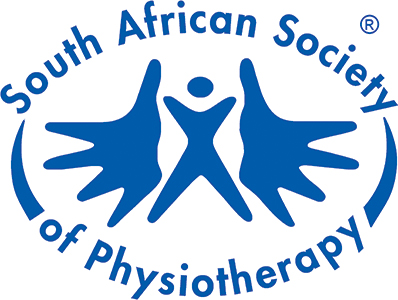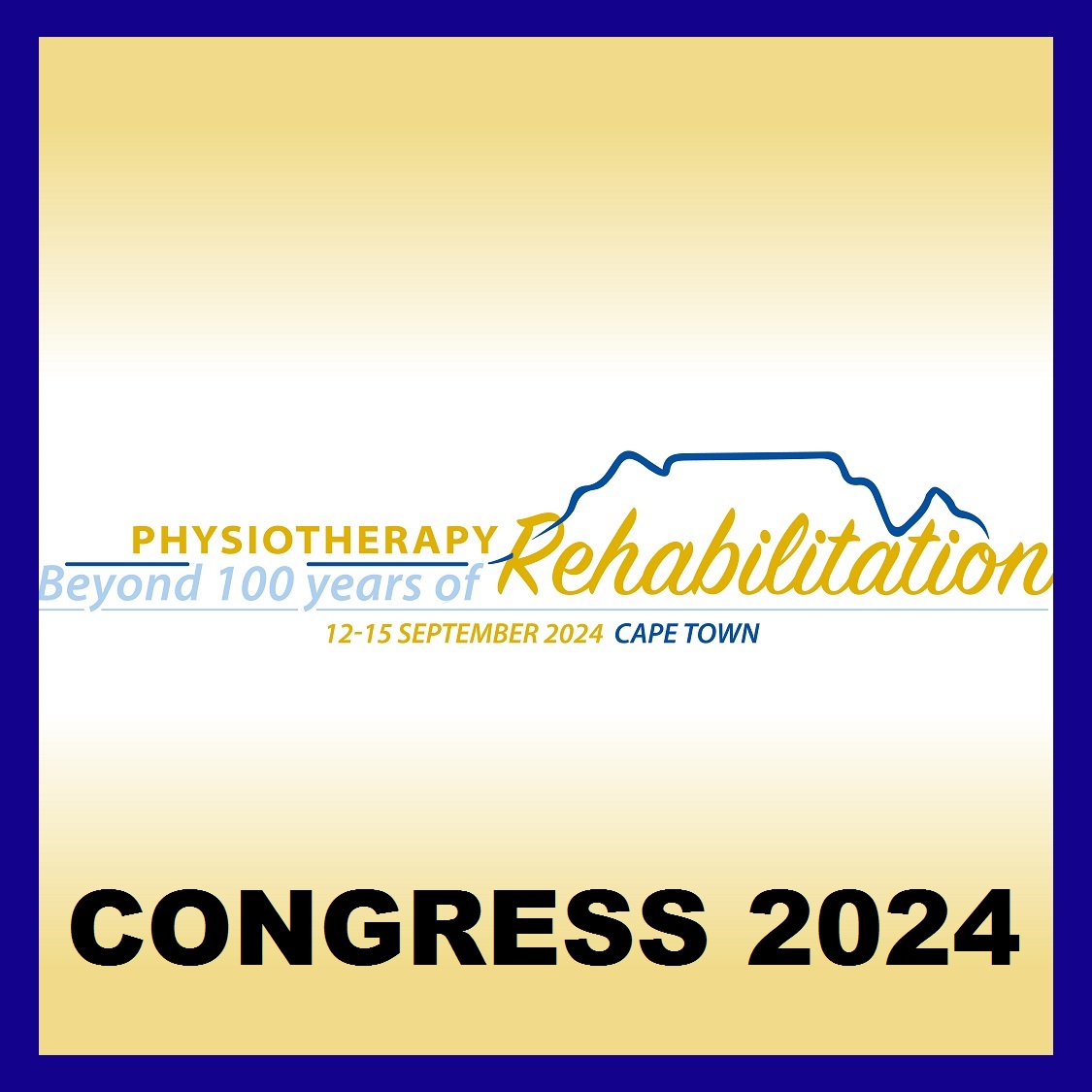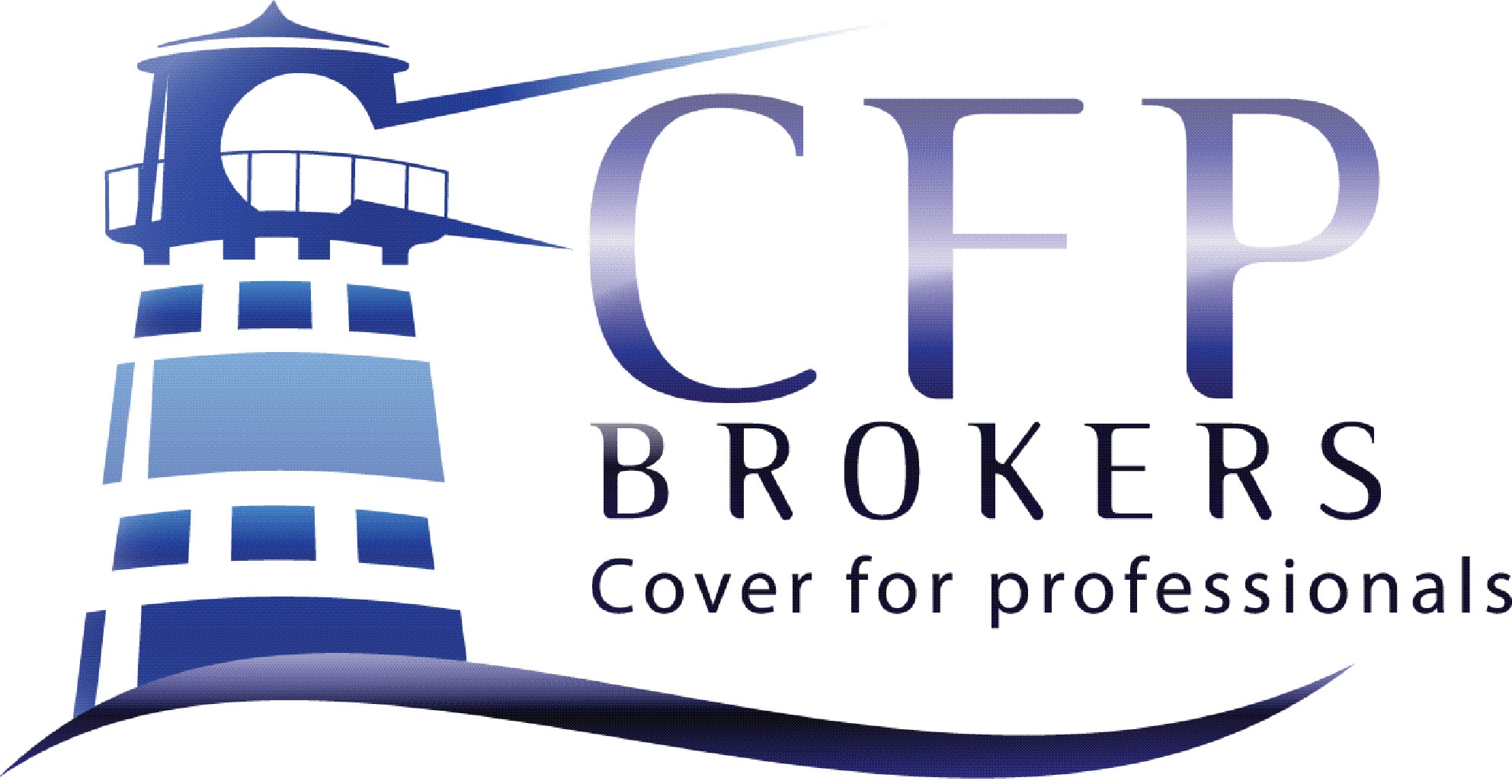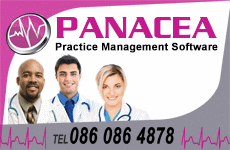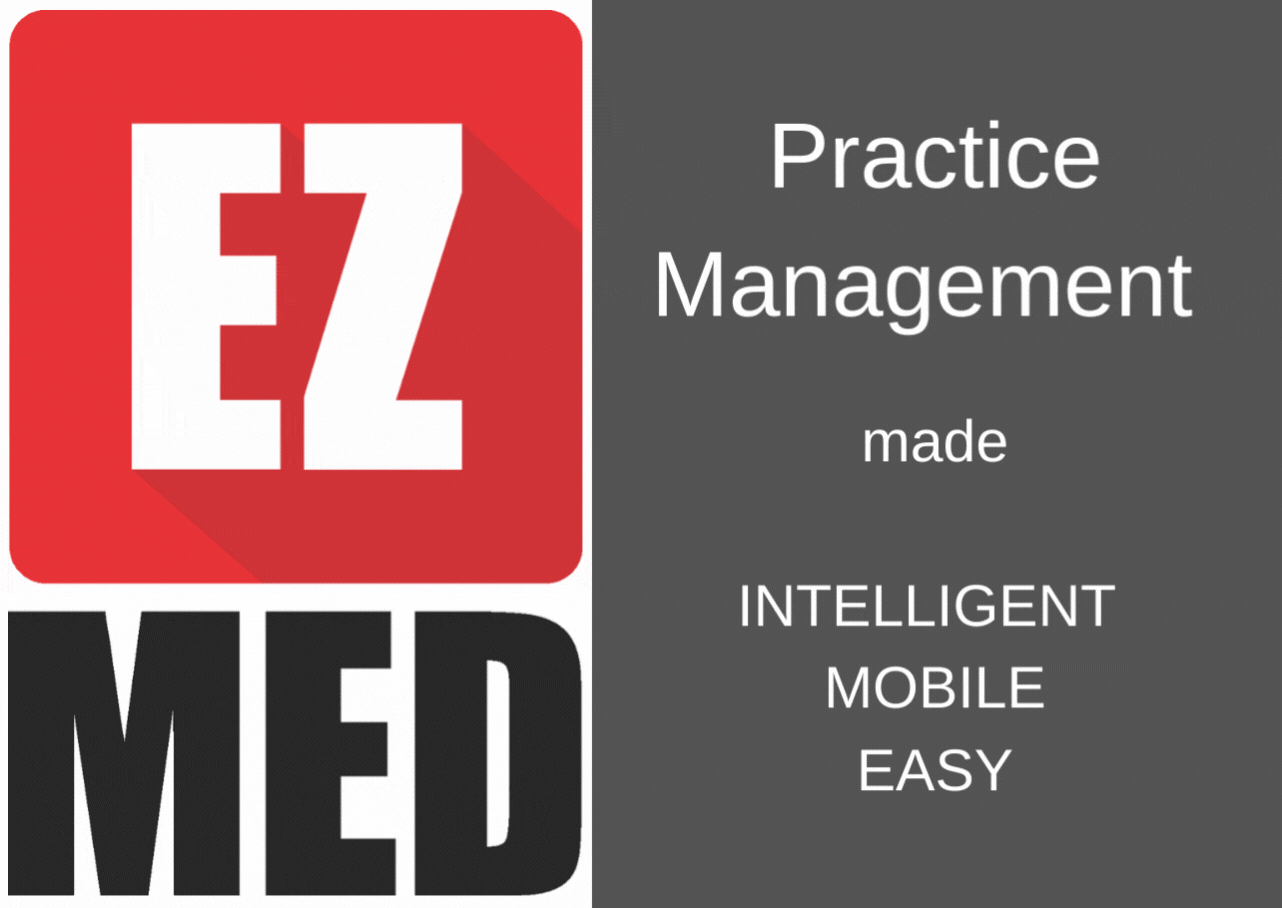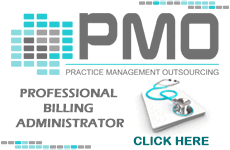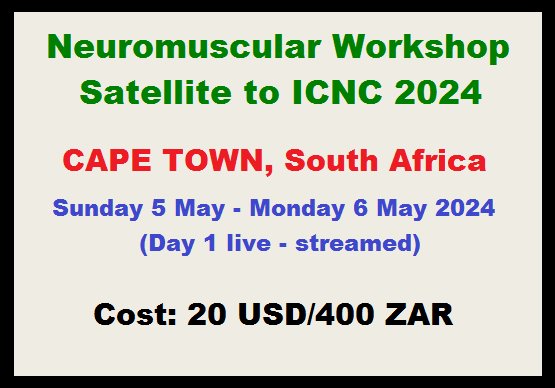Cerebral palsy is the most common physical disability in childhood – as many as eight children per hundred are affected in South Africa. For parents, the diagnosis is a difficult pill to swallow and means many years of sacrifice as they seek and manage treatment for their children.
So it’s little wonder that any news of a possible ‘miracle cure’ is greeted with ripples of excitement, as has happened across South Africa since 12 June, when a ten-minute insert on the TV programme Carte Blanche introduced viewers to a treatment called Advanced Biomechanical Rehabilitation (ABR), developed recently by a mechanical engineer, Leonid Blyum. ABR is a physical rehabilitative approach concerned with working on the body’s connective tissue system.
Many South African children with cerebral palsy are currently treated by members of the “Paediatrics Physiotherapy Group”. This is a Special Interest Group of the South African Society of Physiotherapy (SASP®), a member organisation and NPO which represents the majority of physiotherapists in South Africa. Paediatrics physiotherapists work with infants and children in both the private and public sectors. As medical professionals working with Cerebral Palsy (CP) children on a daily basis, we wish to make you aware of and correct some of the statements made in the 12 June 2016 broadcast.
Holistic focus
The programme incorrectly reported that physiotherapy and the other conventional therapies only focus on the brain and completely disregard the biomechanical or connective tissue system when patients with CP. This could not be further from the truth, as physiotherapy offers a holistic approach to treating disorders which affect movement and function in all patient populations. It is a fundamental practice in physiotherapy to address any underlying connective and soft tissue imbalances and without this, adequate rehabilitation is just not possible. Specific to CP, these connective tissue imbalances include but are not limited to: muscle tone imbalances (e.g. spasticity), muscle length problems (e.g. contractures), connective tissue laxity or stiffness, neural tension (impaired neural mobility within the connective tissue system) and joint malalignment or stiffness.
Physiotherapists are taught to focus on biomechanical function as a whole, involving the brain as well as the soft tissue, neural and the connective tissue systems as the body's framework and the foundation to movement and rehabilitation. Therefore, physiotherapists spend a large amount of their treatment time using hands-on, positional and manual techniques to address and improve patient biomechanics and create a good foundation for movement. CP is essentially a condition of the central nervous system and completely ignoring the involvement of the brain, as was implied by the description of the ABR approach on your insert, is essentially flawed. When treating neurological conditions, only when an optimal biomechanical foundation has been created is it possible to effectively incorporate neurodevelopmental therapies and motor learning approaches to assist a patient to function optimally within the physical and mental limitations of their specific condition.
Whereas ABR is a purely physical rehabilitative approach, physiotherapy is more holistic and may better be described as a physical and neurological rehabilitative approach involving many physical techniques such as manual joint mobilisation (spinal and peripheral), dynamic stretching, selective muscle control and stabilisation (core and stabilisers), muscle tone correction and facilitation strategies (manual techniques, electrostimulation and kinesiotaping), proprioceptive and sensory work, soft tissue mobilisation, myofascial release and neural tissue interfacing and mobilisation (neurodyamics).
Home treatment
ABR therapists state that they are unique in working with families as an at-home therapy when in actual fact, Paediatric Physiotherapists frequently do home visits and schedule training sessions with parents and caregivers. We train and educate parents and caregivers on positioning, handling, correcting muscle tone, stretching and joint mobilisation, myofascial release techniques, incorporating therapy activities into play.
Evidence based treatment
With public safety as a priority, and through our compulsory registration with the Health Professions Council of South Africa (HPCSA), we as physiotherapists are required by law to ensure that our treatment approaches are evidence based and the use of non-evidence based techniques by persons who are possibly not registered with the HPCSA in SA is of great concern to us.
As only one incomplete study is available on ABR, it should be noted that extensive research, in the form of objective, scientific evidence to support the use of ABR in the treatment of CP, is severely lacking. The long-term outcomes of this approach have not been sufficiently investigated or documented and are therefore largely unknown. As such, ABR does not currently meet the requirements for use in evidence based medicine i.e. multiple high quality randomized controlled trials and systematic reviews. There has only been one case report published early in 2016. Without research done over the long term, comments such as “ABR has saved many lives”, “ABR patients are improving to a point where they are going up the scale” and “there is no ceiling to ABR” are completely unfounded.
In addition, the discussion/explanation on the Gross Motor Function Classification System (GMFCS) was lacking; and the statement made that children with CP receiving conventional therapies do not improve or cross over to higher functioning levels is generalised, incorrect and misleading. We have access to recent, objective, scientific evidence in the form of peer-reviewed, published research studies which contradict this statement in the support of conventional therapies and would be happy to provide you with these on request.
This segment on Carte Blanche was based on two isolated cases, backed only by opinion and incomplete research. Expert opinions from concerned professional representative societies such the SASP or the SA Paediatric Physiotherapy Group were not sought and the public was misinformed with incorrect statements on what conventional approaches are about and can achieve.
In the interests of public and patient safety, it is vital that the public, and particularly the parents of CP children, are provided with the whole story, without dismissing effective evidence based medicine in favour of a controversial approach like ABR. This may lead to unreasonable expectations and cause undue stress and anxiety to parents of children with Cerebral Palsy, who may now doubt their current therapist/s approach and consider going to extremes to get these alternative practices and therapies for their children.
REFERENCE LIST
The only published research (a case report in a non-peer reviewed journal) study on ABR*:
1. Drewes E, Driscoll M, Blyum & Vincentz D (2016): The Effects of a Home-Based Connective Tissue Targeting Therapy on Hip Development in Children With Cerebral Palsy: Six Case Reports. Explore (NY). 2016 Jul-Aug;12(4):268-76.
* The 150 participant multi-centre ABR study in Canada as mentioned in the segment (it was mentioned as being published research on this) is still underway and has not been completed nor has it been published.
Recent evidence (published in peer-reviewed journals) to support the effectiveness of various Paediatric Physiotherapy interventions for infants and children with Cerebral Palsy:
1. Çocukların P, Aile T & Yaklaşım (2012): Family-Centered Approach in the Management of Children With Cerebral Palsy. Turkish Journal of Physical Medicine and Rehabilitation 2012;58:229-35
FULL TEXT AVAILABLE
http://www.ftrdergisi.com/uploads/sayilar/208/buyuk/229-2351.pdf
2. Diwan SJ, Bansal AB, Chovatiya H, Kotak D & Vyas N (2014): Effect of anterior chest wall myofascial release on thoracic expansion in children with spastic cerebral palsy. International Journal of Contemporary Paediatrics 2014; 1(2): 94-99
FULL TEXT AVAILABLE
http://www.scopemed.org/fulltextpdf.php?mno=166900
3. Ezema CI, Lamina S, Nkama RE, Ezugwu UA, Amaeze AA & Nwankwo MJ (2014): Effect of neuro-developmental therapy (NDT) on disability level of subjects with cerebral palsy receiving physiotherapy at the University of Nigeria Teaching Hospital, Enugu, Nigeria. Nigerian Journal of Paediatrics 2014; 41 (2): 116 –119
FULL TEXT AVAILABLE
http://www.ajol.info/index.php/njp/article/view/101206/90400
http://ses.library.usyd.edu.au//bitstream/2123/8512/2/Jane%20Girling-Butler%20PhD%202012.pdf
4. Kumar C, & Vaidya SN (2015): Effectiveness of Myofascial Release on Spasticity and Lower Extremity Function in Diplegic Cerebral Palsy: Randomized Controlled Trial. International Journal of Physical Medicine & Rehabilitation 3:253
FULL TEXT AVAILABLE
http://www.omicsonline.org/open-access/effectiveness-of-myofascial-release-on-spasticity-and-lower-extremity-function-in-diplegic-2329-9096.1000253.php?aid=36973
5. Loi EC, Buysse CA, Price KS, Jaramillo TM, Pico EL, Hansen AB & Feldman HM (2015): Myofascial Structural Integration Therapy on Gross Motor Function and Gait of Young Children with Spastic Cerebral Palsy: A Randomized Controlled Trial. Frontiers in Pediatrics. 2015; 3: 74.
FULL TEXT AVAILABLE
http://www.ncbi.nlm.nih.gov/pmc/articles/PMC4564770/
6. Myrhaug HT, Østensjø S, Larun L, Odgaard-Jensen J & Jahnsen R (2014): Intensive training of motor function and functional skills among young children with cerebral palsy: a systematic review and meta-analysis. BMC Pediatrics 2014 14:292
FULL TEXT AVAILABLE
http://bmcpediatr.biomedcentral.com/articles/10.1186/s12887-014-0292-5
7. Narkeesh A (2012): The Effect Of Progressive Movement Pattern In Rehabilitation Of Cerebral Palsy. Indian Streams Research Journal Vol.2,Issue.II/March ; 12pp.1-4
FULL TEXT AVAILABLE
http://isrj.org/uploadeddata/785.pdf
8. Novak I, McIntyre S, Morgan C, Campbell L, Dark L, Morton N, Stumbles E, Wilson SA, Goldsmith S (2013): A systematic review of interventions for children with cerebral palsy: state of the evidence. Developmental Medicine in Child Neurology 2013 Oct; 55(10):885-910.
FULL TEXT AVAILABLE
http://onlinelibrary.wiley.com/doi/10.1111/dmcn.12246/full
9. Polovina S, Škorić Polovina T, Polovina A & Polovina-Prološčić T(2010): Intensive Rehabilitation in Children with Cerebral Palsy: Our View on the Neuronal Group Selection Theory. Collegium Antropologicum, 34(3), 981-988.
FULL TEXT AVAILABLE
http://hrcak.srce.hr/59357 - select PDF to download
10. Stark C, Nikopoulou-Smyrni P, Stabrey A, Semler O and Schoenau E (2010): Effect of a new physiotherapy concept on bone mineral density, muscle force and gross motor function in children with bilateral cerebral palsy . The Journal of Musculoskeletal and Neuronal Interactions, 10(2), 151 - 158, 2010
FULL TEXT AVAILABLE
http://bura.brunel.ac.uk/bitstream/2438/8901/2/Fulltext.pdf
11. Zadnikar M & Kastrin A (2011): Effects of hippotherapy and therapeutic horseback riding on postural control or balance in children with cerebral palsy: a meta-analysis. Developmental Medicine & Child Neurology Volume 53, Issue 8, pages 684–691
FULL TEXT AVAILABLE
http://onlinelibrary.wiley.com/doi/10.1111/j.1469-8749.2011.03951.x/full
12. Zhang H, Zhang B, Jia F, Lian D, Li H, Chen Y, Yang L, Ge P & Lian J (2014): The effects of motor and intellectual functions on the effectiveness of comprehensive rehabilitation in young children with cerebral palsy. Journal of International Medical Research December 8, 2014
FULL TEXT AVAILABLE
http://imr.sagepub.com/content/early/2014/12/08/0300060514558897.full.pdf+html
